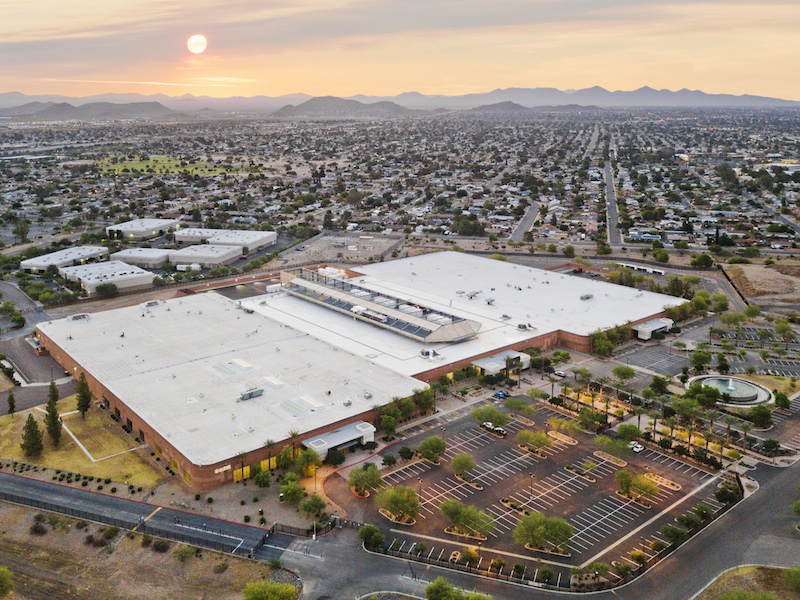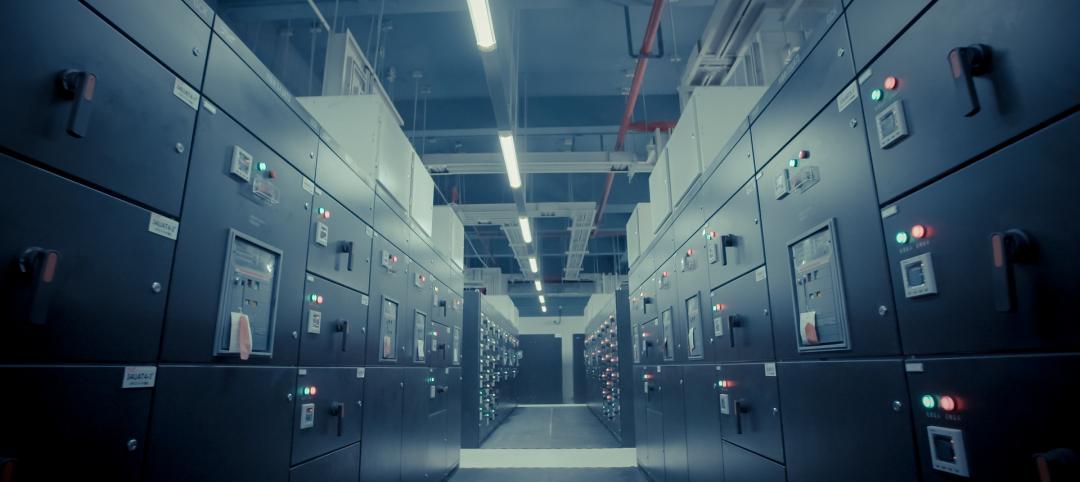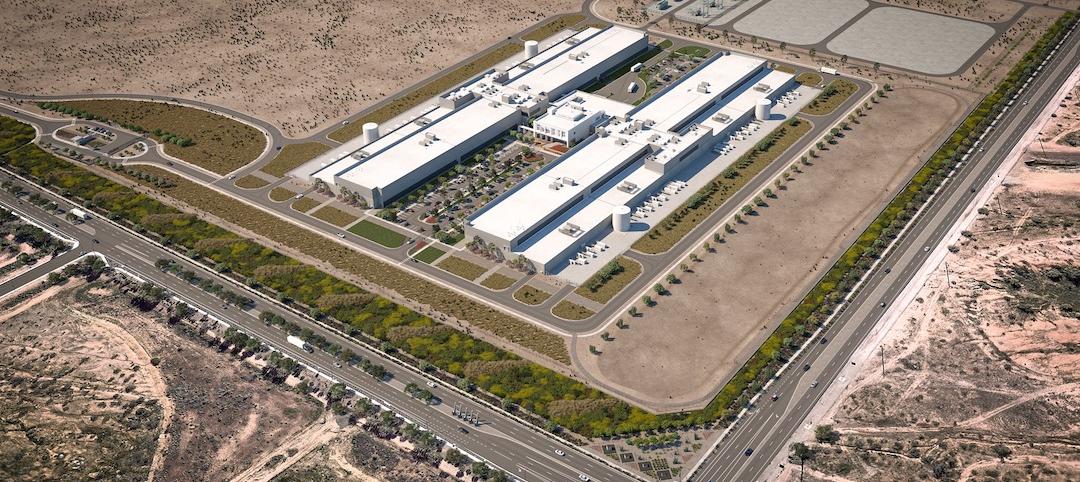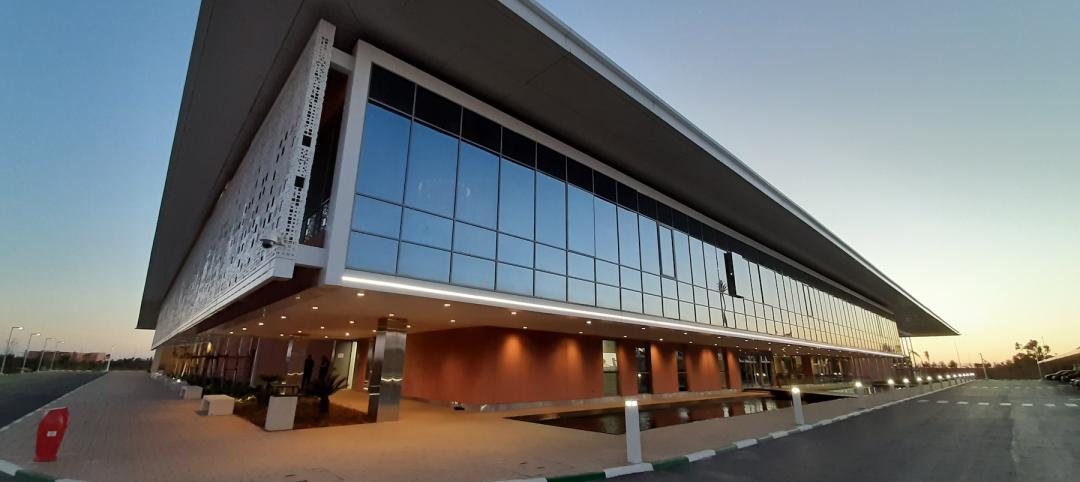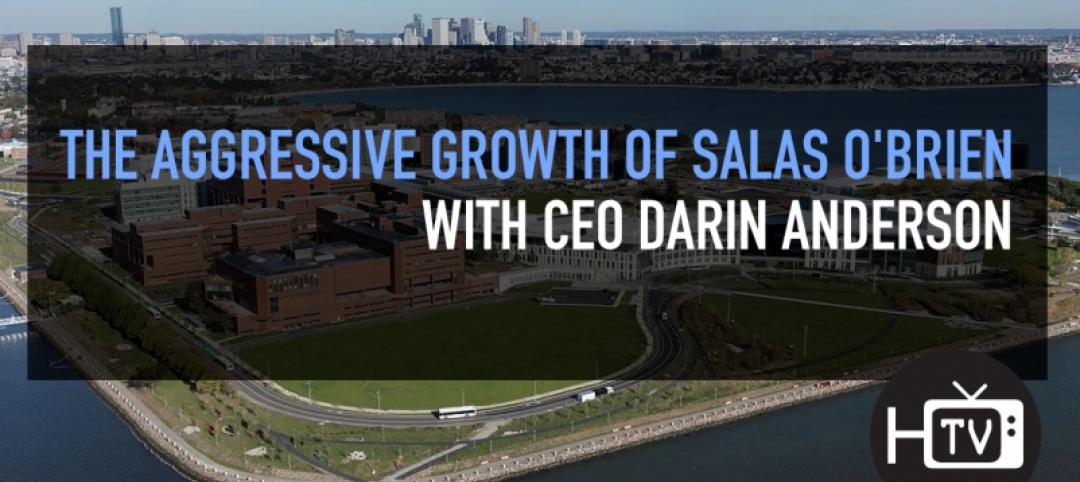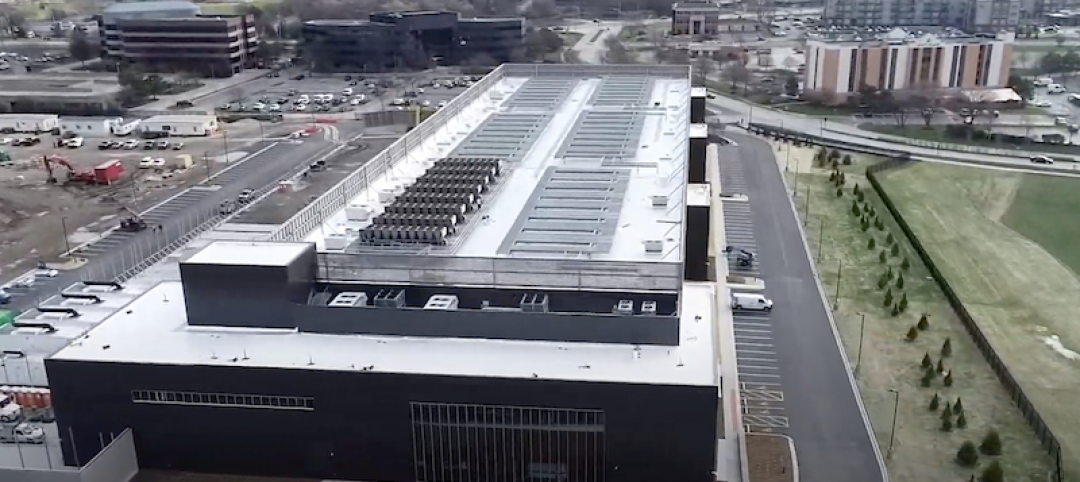Data centers are projected to consume 73 billion kilowatt hours of electricity by 2020. That would be 3 billion kWhs more than in 2014, according to the website Data Center Knowledge.
Providers are already scrambling to meet that anticipated demand. Through the first half of 2017 there were 506 MWs under construction, compared to the 353 MWs under construction during the same period a year earlier, according to JLL’s latest report on North America’s data center sector.
Large pipeline increases in Northern Virginia (plus 57 MW), Toronto (41 MW) and Dallas-Fort Worth (31 MW) “depict booming markets looking to catch up with demand,” JLL states.
The cloud is accounting for 30% or more of the demand in 11 of the 18 markets that JLL analyzed for its report. In fact, last year the predominate absorption driver in the data center sector was cloud focused. Microsoft Azure, Amazon Web Services (AWS), Oracle, SoftLayer, Google, and others captured huge portions of space, leading to one of the most robust leasing years on record.
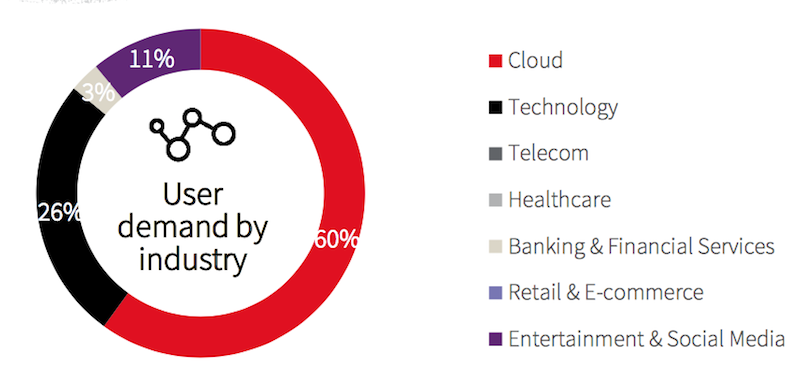
The cloud accounts for three-fifths of demand in Northern Virginia, one of hottest data center markets in the country. Image: JLL
Earlier this month, Bisnow and the Wall Street Journal reported that in their battle for the $500 billion database technology business, tech giants Google, Amazon, and Microsoft—which spent a combined $31.5 billion on data centers in 2016, up 22% from the previous year—are expanding their cloud infrastructures so rapidly that they are leasing data center space because they can’t build their own quickly enough.
2016 racked up over 350 MW of absorption in the U.S. and 46 MW in Canada. U.S. absorption rates cooled a bit in the first half of 2017, but JLL sees that leveling off as cloud users taking a temporary respite on leasing to work through the “massive” capacity they took on last year.
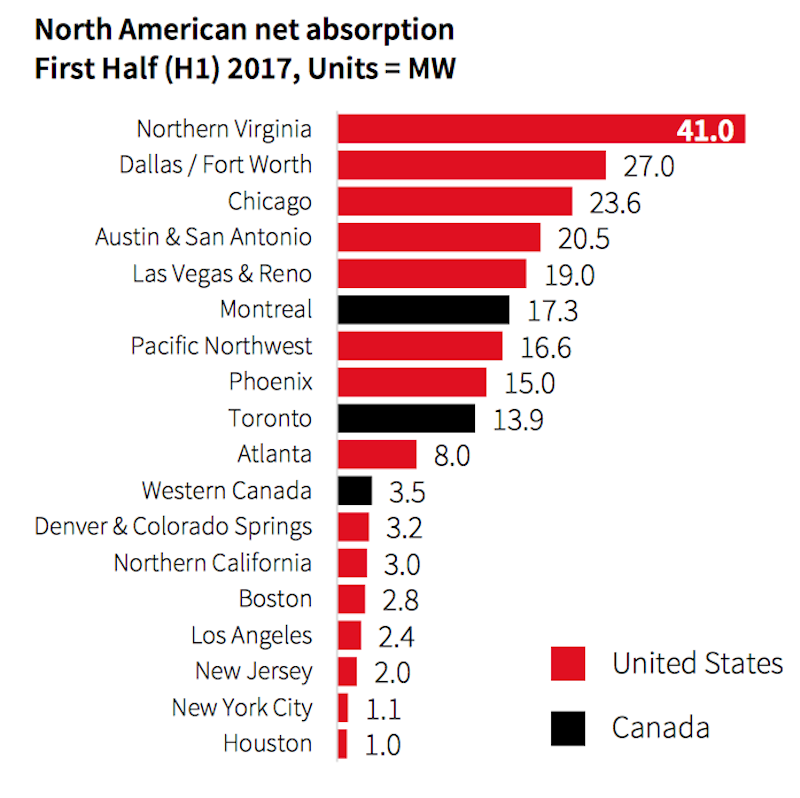
The predominate driver of absorption is cloud focused, according to JLL's latest report on the North America data center market. Image: JLL
Pent up data center demand from Fortune 1000 companies and enterprise users that previously were unable to grab capacity, due to low availability, are expected to lease up moderate to large chunks, and drive additional absorption through the year.
“Technology has changed where we are today,” says Michael Silla, Senior VP of Skanska USA’s Mission Critical Center of Excellence in Charlotte, N.C. “Technology is all about convenience—eBay, Amazon, Uber—driven by smartphones. And there are several cloud players, all driving hyperscale computing. We don’t know where the future is going, but we’re going to need computing to make it all work.”
In a recent interview with BD+C, Silla asserted that the future of data centers would revolve around infrastructure and “building what matters.” Skanska, he said, is positioning itself to become more of a partner with its data center clients, and to get involved in collaborative programming early in the process.
“We need to transfer from being a builder to being a trusted advisor” to help clients scale their facilities appropriately, Silla said.
Skanska is moving in this direction at a time of aggressive consolidation within the data center sector. JLL estimates there were nearly $2 billion in merger-and-acquisition deals among providers in 2016. Through the first six months of 2017, M&A activity jumped to over $10 billion, as the industry gravitates toward larger, more efficient facilities that offer comprehensive and flexible products to users looking for consistent global vendors.

As user demand expands, AEC firms will need to beef up their mission critical teams to keep pace. Image: Connie Zhou Photography
JLL expects M&A activity to continue through the remainder of this year and beyond. At the same time, Silla expects new providers to come onto the market. “Disruption is moving at such a pace that data center construction might not be able to keep up.”
The big challenge for companies like Skanska, he explained, is that AEC firms don’t have enough designers and builders to handle the current rate of data center growth. Skanska has taken its technical builders from other sectors and transferred them to data center design and construction.
“As an industry, we have to attract more talent,” he said, noting that several chapters of 7x24 Exchange International are now reaching out to colleges and universities.
A data center typically takes between six and eight months to build. But the industry’s volatility makes such scheduling less predictable. Skanska recently was finishing up a 5 MW data center in Phoenix when that facility signed a new customer with different requirements for its leased space. Keeping up with such changes, said Silla, is going to require better and more frequent coordination with data center developers and retailers.
In general, Silla thought that planning is “the key” to bringing a data center online on schedule and within budget. One positive change he’s seen is that designs have become more modular and scalable, and are factoring in load predictabilities and infrastructure needs more flexibly. Modularity, he suggested, might even extend a facility’s life cycle beyond its normal 12-to-15 year span.
AEC firms that serve this sector must also take into account what JLL singles out as the growing demand among users for data security and artificial intelligence, and how those needs are going to affect their businesses going forward.
Related Stories
Giants 400 | Aug 21, 2022
Top 110 Architecture/Engineering Firms for 2022
Stantec, HDR, HOK, and Skidmore, Owings & Merrill top the rankings of the nation's largest architecture engineering (AE) firms for nonresidential and multifamily buildings work, as reported in Building Design+Construction's 2022 Giants 400 Report.
Giants 400 | Aug 20, 2022
Top 180 Architecture Firms for 2022
Gensler, Perkins and Will, HKS, and Perkins Eastman top the rankings of the nation's largest architecture firms for nonresidential and multifamily buildings work, as reported in Building Design+Construction's 2022 Giants 400 Report.
Giants 400 | Aug 19, 2022
2022 Giants 400 Report: Tracking the nation's largest architecture, engineering, and construction firms
Now 46 years running, Building Design+Construction's 2022 Giants 400 Report rankings the largest architecture, engineering, and construction firms in the U.S. This year a record 519 AEC firms participated in BD+C's Giants 400 report. The final report includes more than 130 rankings across 25 building sectors and specialty categories.
Data Centers | Feb 15, 2022
Data center boom: How two AEC firms plan to meet unprecedented demand for data center facilities
Ramboll's Jim Fox and EYP Mission Critical Facilities' Rick Einhorn discuss the recent joining of their companies at a time of unprecedented data center demand. BD+C's John Caulfield leads the discussion with Fox, Ramboll's Managing Director for the Americas, and Einhorn, EYP Mission Critical Facilities' Managing Director.
Data Centers | Nov 1, 2021
Construction begins on Facebook’s Mesa Data Center
The project represents Facebook’s first major investment in Arizona.
Data Centers | Sep 22, 2021
Wasted energy from data centers could power nearby buildings
A Canadian architecture firm comes up with a concept for a community that’s part of a direct-current microgrid.
Giants 400 | Aug 30, 2021
2021 Giants 400 Report: Ranking the largest architecture, engineering, and construction firms in the U.S.
The 2021 Giants 400 Report includes more than 130 rankings across 25 building sectors and specialty categories.
Giants 400 | Aug 26, 2021
2021 Data Center Giants: Top architecture, engineering, and construction firms in the U.S. data center facilities sector
Corgan, Holder Construction, Jacobs, and Whiting-Turner top BD+C's rankings of the nation's largest data center facilities sector architecture, engineering, and construction firms, as reported in the 2021 Giants 400 Report.
Contractors | Jul 23, 2021
The aggressive growth of Salas O'Brien, with CEO Darin Anderson
Engineering firm Salas O'Brien has made multiple acquisitions over the past two years to achieve its Be Local Everywhere business model. In this exclusive interview for HorizonTV, BD+C's John Caulfield sits down with the firm's Chairman and CEO, Darin Anderson, to discuss its business model.
Data Centers | Mar 20, 2021
Japan’s NTT pushes U.S. data center expansion
Two new facilities opened last month, with several others under construction.


